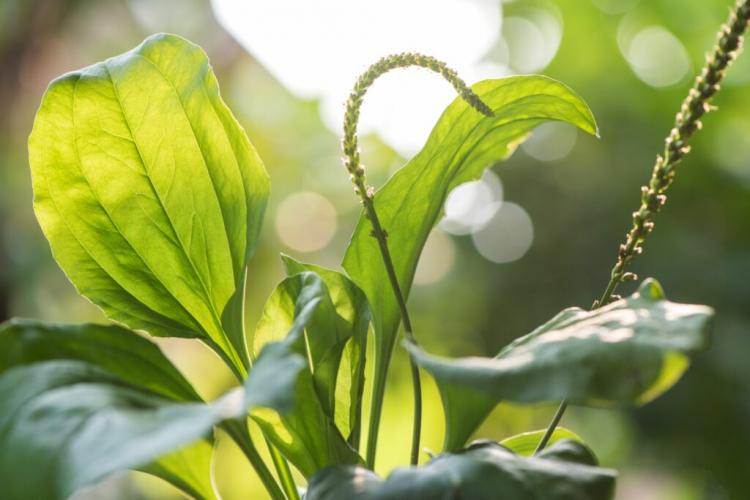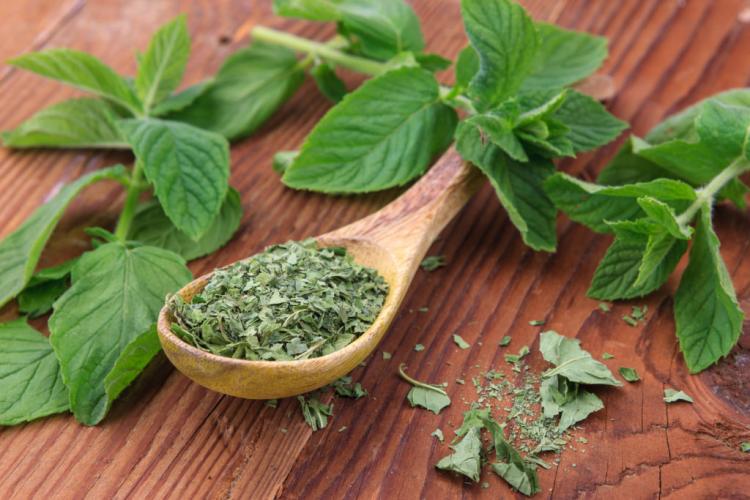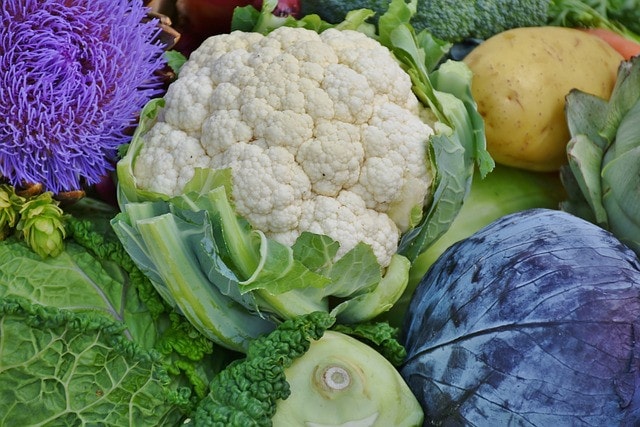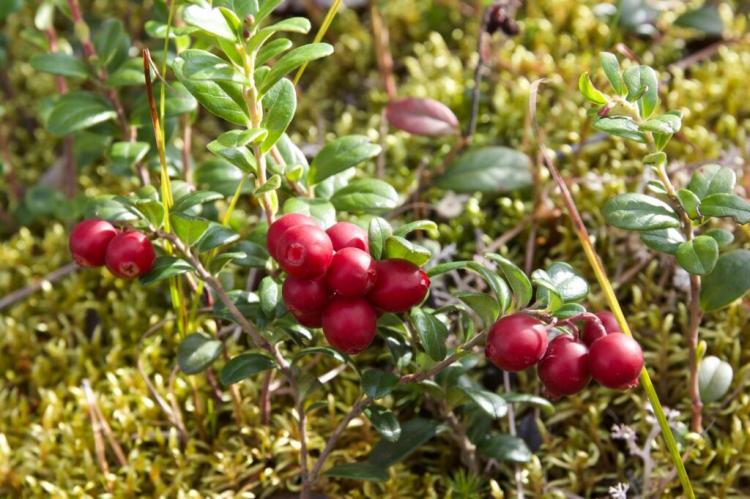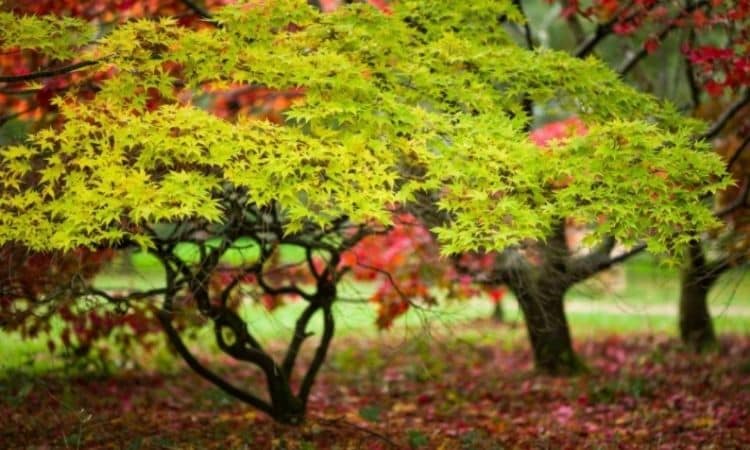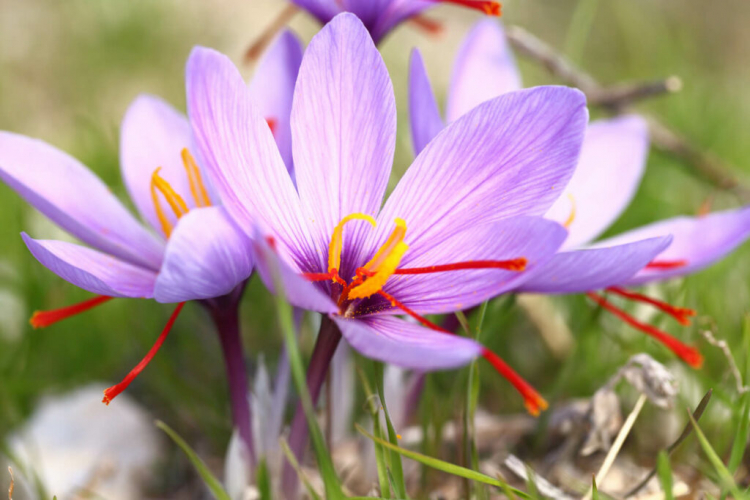Plantain: The Medicinal Plant From The Wayside
Plantain is found everywhere in the wild – and can be very useful. We show why plantain should be in the garden.
A steady journeyman is a common plantain ( Plantago major ) from the genus of the plantain ( Plantago ). The inconspicuous plant grows even in the most inhospitable places, where it is constantly trodden on by hiking boots, has to fight its way between gravel and rubble, or is grazed by cows. And yet she remains persistent and shines with her presence.
Plantain
Table of Contents
“There is no herb against it,” the saying goes. The common plantain, however, has grown against many ailments and is a popular medicinal herb. The widespread medicinal plant has the same effects as the ribwort ( Plantago lanceolata ) but has historically been used to treat women, whereas the ribwort was used to treat men. Today, of course, this subdivision is no longer appropriate, but both types are and remain wonderful medicinal herbs in many situations.
Plantain: origin and characteristics
It is actually very easy to distinguish between the common plantain and the common plantain: While the leaves of the common plantain are short and wide and close to the ground, those of the plantain are long and narrow and oriented more towards the sky. Otherwise, however, both species look pretty similar. The common plantain is its extreme insensitivity to kicks. Due to its leaves lying close to the ground, it is hardly damaged and was able to conquer the extreme location of the paths. The ribwort is also represented here from time to time, but the broad-leaved plantain clearly has the say directly on and on the paths.
Buy plantain
Buying plantain is not easy. You will hardly find it in the store. There are a few seed dealers online such as www.kraeuter-und-duftpflanze.de and plants can also be found. One possible source of supply would be, for example, the Helenion nursery in the Uckermark. In fact, you can find seeds and plants pretty easily just about anywhere on your doorstep. And if you live in the city, the search for a suitable plantain can be combined with a nice weekend trip to nature.
You might so like: Growing Marjoram: At Home In The Garden And Balcony
Grow plantain
Typically the ribwort is grown. The plant usually grows denser and even has slightly better healing properties. If you still prefer broad plantain, you can proceed exactly as you would with ribwort.
How to grow plantain:
- Choose a sunny, warm location with humus and slightly acidic soil
- Harvest seeds from wild specimens
- Use your finger to drill holes about 1.5 cm deep in the loose soil
- Put seeds in holes and cover holes with soil
- Moisten the soil well with a spray bottle
- The plants germinate after about 14 days

Propagate plantain
If the plantain is literally left to vegetate, then it also reproduces by itself. It does this either through its many seeds or it forms offshoots. If you want to make the whole thing a little more targeted, you can strip the ripe seeds from the ear and sow them in a planter or a bed.
You might so like: Comfrey: planting & caring for the medicinal herb
Maintain plantain
Broad plantain is stubborn and cannot be broken down. So if the location is well chosen, maintenance is not a big problem either. Just make sure that the soil never dries out completely and you may add a little compost or horse manure as fertilizer under the plants in the spring.
Harvest and store plantain
Only harvest the young leaves of the common plantain. Old leaves are tough and have stubborn threads, making chewing difficult. The leaves should preferably be harvested before the first flowers appear because then they taste more intense and are richer in valuable ingredients. As with ribwort, the leaves can be stored dried, or processed. Even seeds harvested after ripening should be carefully dried before storage. Since the seeds are small, this can be done easily in a dry place in the fresh air.
Plantain: use as a medicinal plant
Even if the common plantain has the same beneficial properties as the ribwort, only the ribwort is recognized in phytotherapy. Perhaps the reason for this is to be found in the lower biomass of the common plantain. The ribwort plantain with its lush growth is easier to grow profitably and is, therefore, more suitable for the production of medicines.
In addition to its use as a cure for insect bites and inflammation, as explained in more detail in the article on ribwort, and its use as a tea against coughs, plantain also helps prevent blisters. Place one or two leaves of the plant on the sensitive area on the foot and pull the sock over it. When you run, the friction releases the plantain’s anti-inflammatory and healing substances. This prevents the formation of bubbles and existing bubbles do not enlarge.
Summary plantain as a medicinal plant:
- As an insert to prevent and relieve blisters
- Chewed up to relieve insect bites and inflammation
- As a tea against coughs and to cleanse the blood
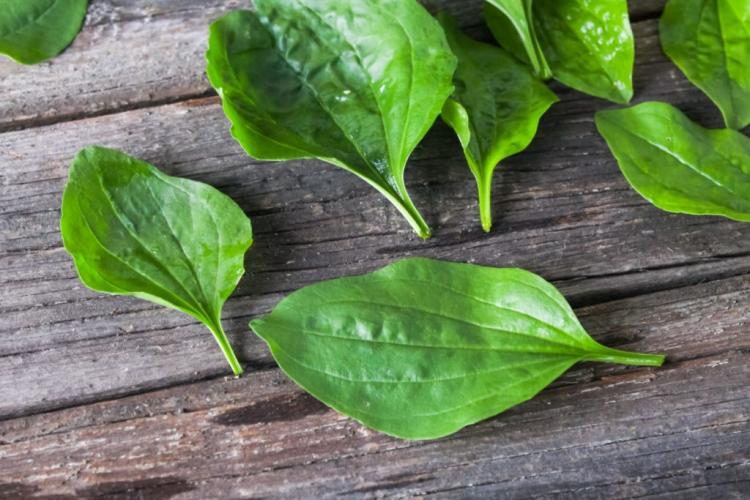
Use mushroom plantain in the kitchen
While the ribwort plantain shines in the kitchen due to its high biomass, the common plantain has a lot more seeds to offer. After flowering, harvest the ripe seeds from the long ears of the common plantain. You can then dry the seeds or lightly roast them in the pan. The whole thing is very tasty in a salad, muesli, or as a spice in home-baked bread. But you don’t have to do without the plantain in the kitchen for flowering either. You can add the long inflorescences fresh to the salad.
You might so like: What Is Fenugreek Used For: Everything About Use Of The Medicinal Plant
In autumn, just before it gets really cold, the time for the root vegetables strikes. A delicious addition to the usual suspect’s carrots, root parsley, and Co. can be the root of the plantain. Simply steam the carefully cleaned root together with the other vegetables in the pan. Of course, you can also harvest the leaves of the plantain and use them for cooking, but the harvest of the related plantain is much more productive.
Summary plantain in the kitchen:
- Dried and roasted seeds in muesli, salad, or as a bread spice
- Blossom in the fresh lettuce
- Roots steamed in the root vegetables
- Leaves fresh in salad, spinach, or as a pesto
